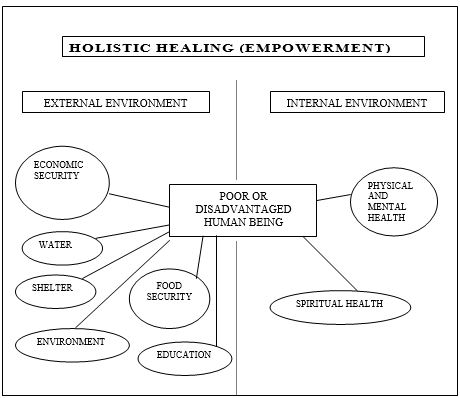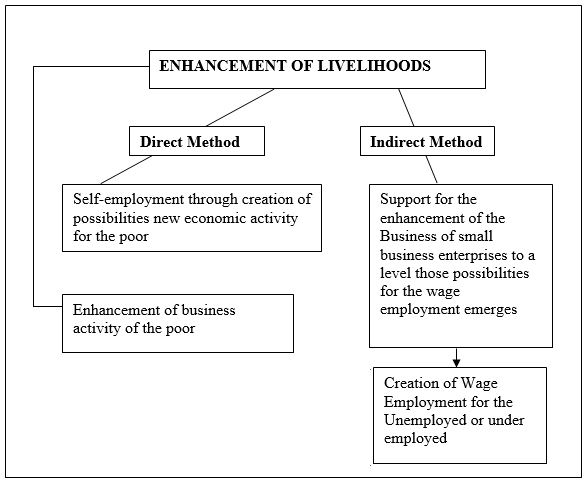Society for eradication of living fragmentation, Holistic-Healing and Livelihoods for Poor
(SELF HELP)
About SELF HELP
SELF HELP is a national level Non Governmental Organisation registered under Societies Registration Act 1860. The organisation has been working since 2003. Organisation’s Head Office is in Dehradun, Uttarakhand , India. SELF HELP was formed by a group of people who are associated with Livelihood Promotion, Social development and Alternative Healing systems. SELF HELP focuses on most disadvantaged people in the context of livelihoods. These most disadvantaged people include poor elderly, Physically, visually and mentally challenged, Widows and poor women. It also covers Marginal and Small farmers. SELF HELP works with one and all for promoting alternative healing systems such as Pranic Healing, Homeopathy, Ayurveda, Marma Chikitsa, Yoga and such other similar systems and methods of healing.
VISION
A world where most disadvantaged and vulnerable people are able to strengthen their internal or external environments to have a blissful life
MISSION
To develop and strengthen the multi-faceted capacities of the poor so that they imbibe and adopt self-help approach to empower themselves holistically, in sustainable manner
THE THOUGHT BEHIND ‘SELF-HELP’
As the name of the Society indicates, there is a focus on three major concepts – Eradication of living fragmentation; Holistic-healing; and Enhancement of livelihoods for poor.
1. Eradication of Living Fragmentation
Living fragmentation specifies the fragmentation of the living beings on the basis of religion, caste, creed, state, gender, area, language etc. It has to be minimized to create a strong social and cultural fabric of the society. This fragmentation due to the socio-geographical diversity of India is also effecting economic development of the people.
2. Holistic healing
Holistic healing is used in terms of healing rural or urban poor in a holistic manner. It could be healing for the problems related to finance, health, education, shelter or sanitation.

The diagram shows that for any poor person or Household, there are two environments – a) Internal Environment and; b) External Environment. The internal environment is related to the physical body of the poor and mental as well as spiritual health. The external environment relates to all the various needs of the poor. It could be finance, shelter or water or education or a combination of these needs. As a concept, a blissful life is possible only if both the environments of the poor are strengthened. There is a need for the attainment of a stage of equilibrium for a blissful life. Hence discrepancy in any of the factors of both the environments will be a bottleneck to have a blissful life. As per the vision and mission of the Self-Help, interventions are required to strengthen both the environments of the poor.
3. Enhancement of Livelihoods –
Enhancement of Livelihoods* for the poor relates to two aspects – a) Creation, Strengthening and Up scaling Self-employment b) Wage and Job Employment for the poor

The first aspect relates to support in identifying the new income generating activity, providing skill development and support for the value delivery chain of livelihood/income generating activities. The strengthening and up scaling of self-employment specifies the vertical growth of the economic activity held by the poor through technology improvements, value addition, marketing, branding or any other assistance that helps people to enterprise of the person. This also includes supporting the existing enterprises to upscale and expand their business activities so as to engage more and more people on wage/ salary basis. The second aspect relates to the providing support for the skills development so that people get good wage/ job employment.
APPROACH APPLIED – ‘SELF-HELP’
The approach to be applied by ‘SELFHELP’ is evident from the name itself. The approach which can be applied in such geographically, socially and economically diversified populated country could be – Self -help Approach.
© 2025 SELF HELP. Created with ❤ using WordPress and Kubio